RepViT: Revisiting Mobile CNN From ViT Perspective
Abstract
the architectural disparities between lightweight ViTs and lightweight CNNs have not been adequately examined.
We incrementally enhance the mobile friendliness of a standard lightweight CNN, specifically MobileNetV3, by integrating the efficient architectural choices of lightweight ViTs
This ends up with a new family of pure lightweight CNNs, namely RepViT
Introduction
Efficient Design Principles
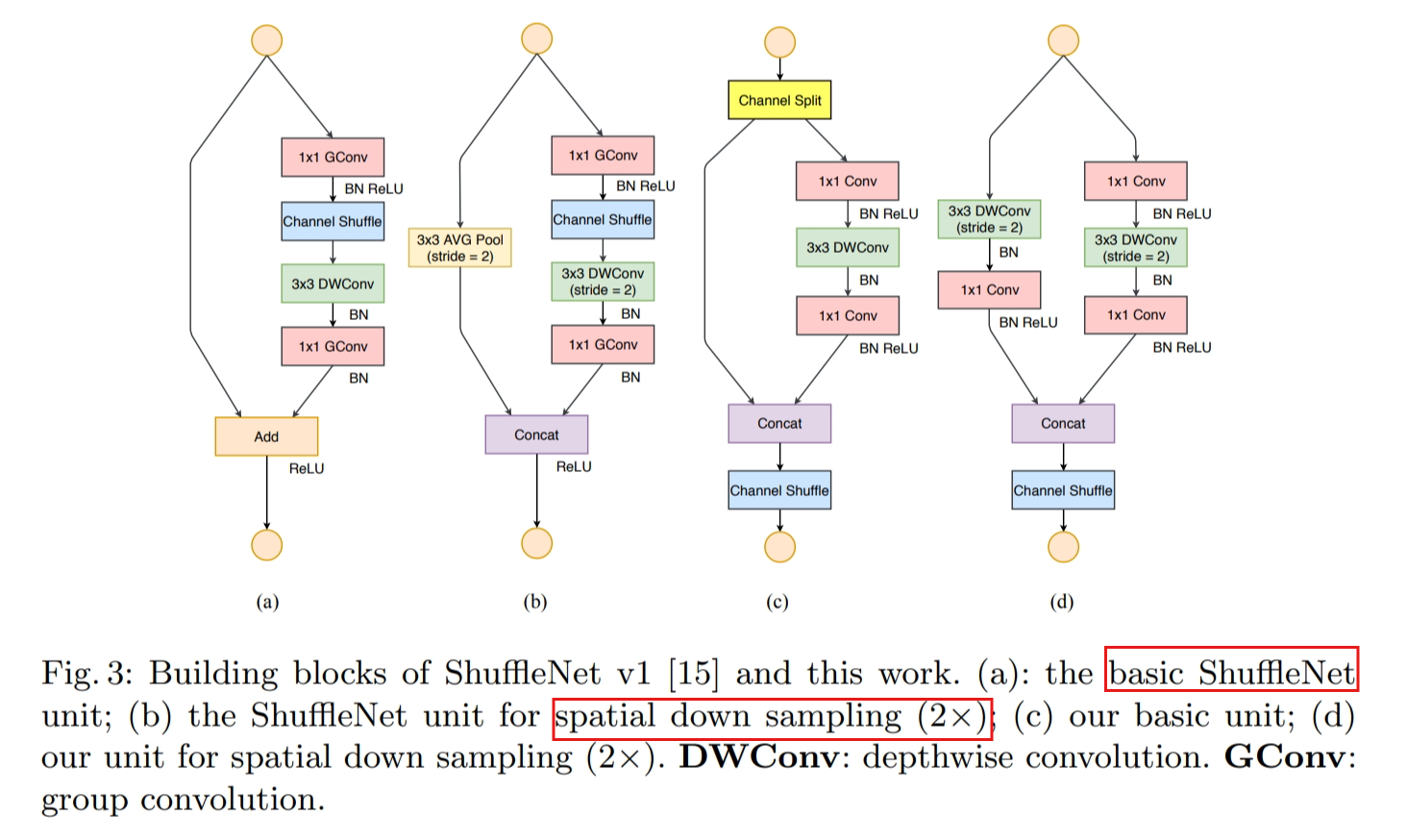
ViT
An Image is Worth 16x16 Words: Transformers for Image Recognition at Scale
a pure transformer applied directly to sequences of image patches can perform very well on image classification tasks.
We split an image into patches and provide the sequence of linear embeddings of these patches as an input to a Transformer. Image patches are treated the same way as tokens (words) in an NLP application. We train the model on image classification in supervised fashion.
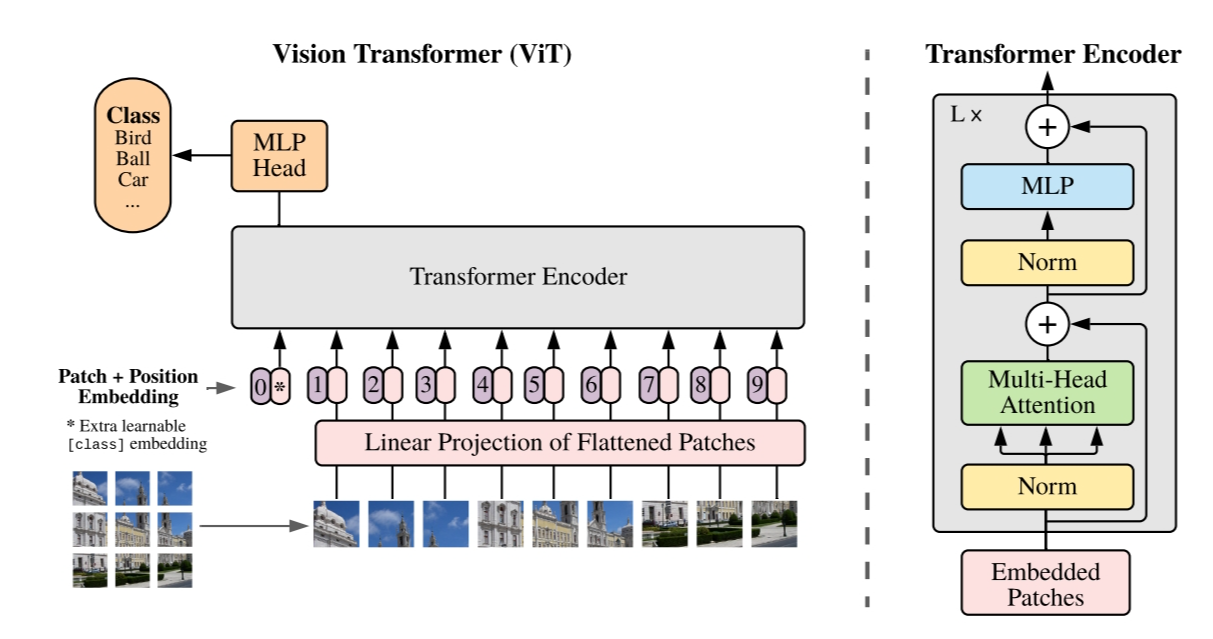
Image Classification
Swin Transformer
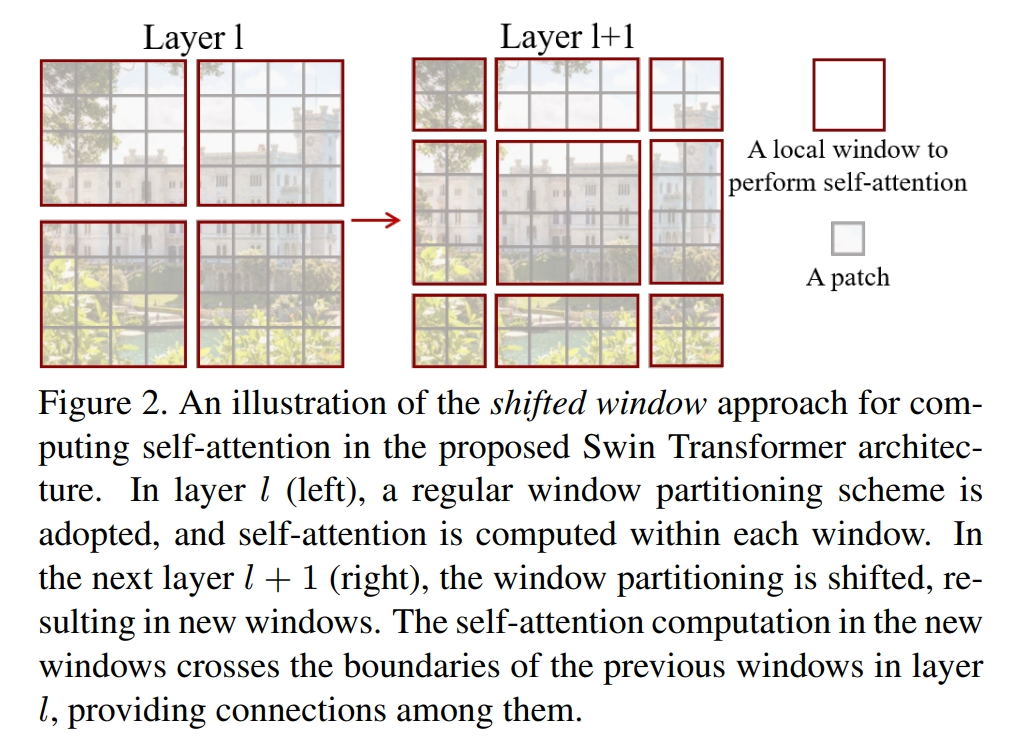
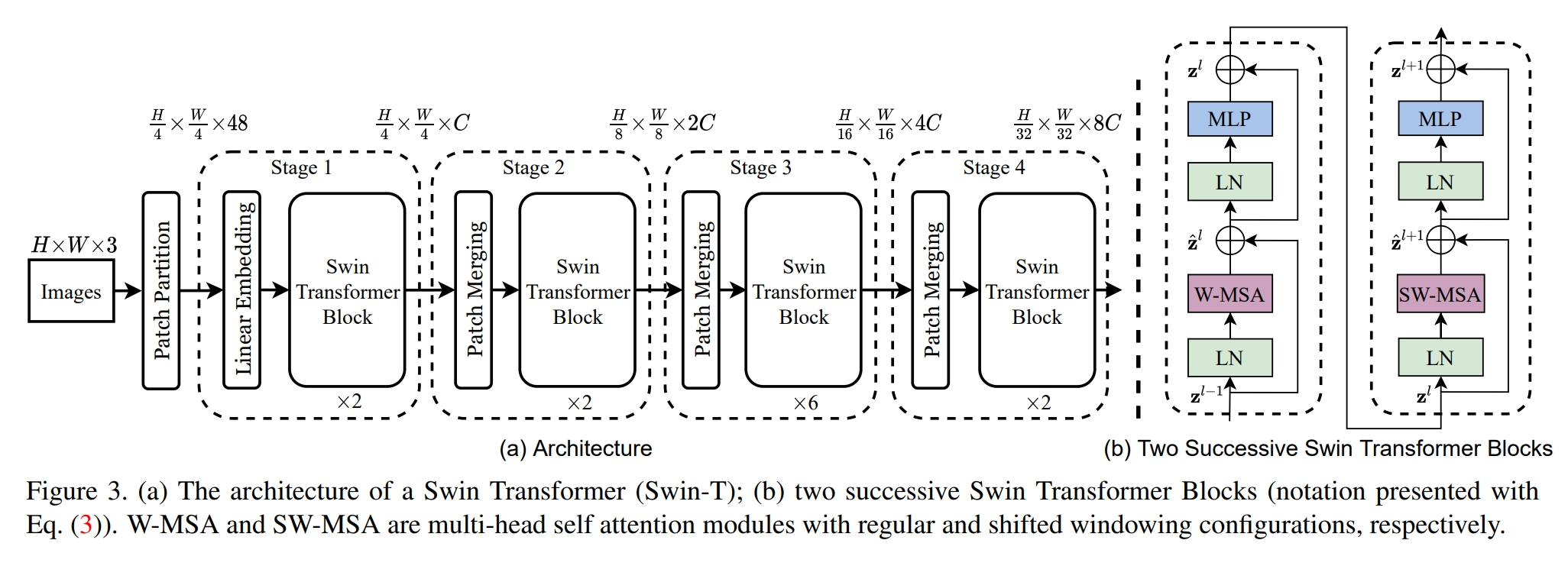
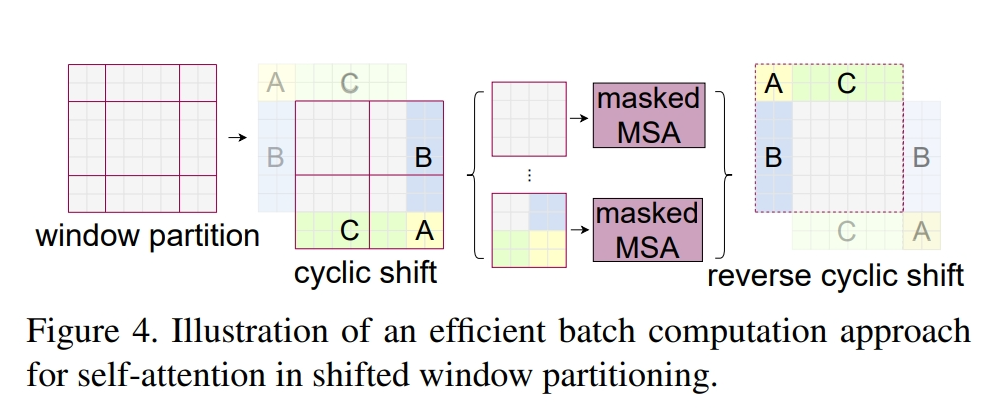
Pyramid Vision Transformer
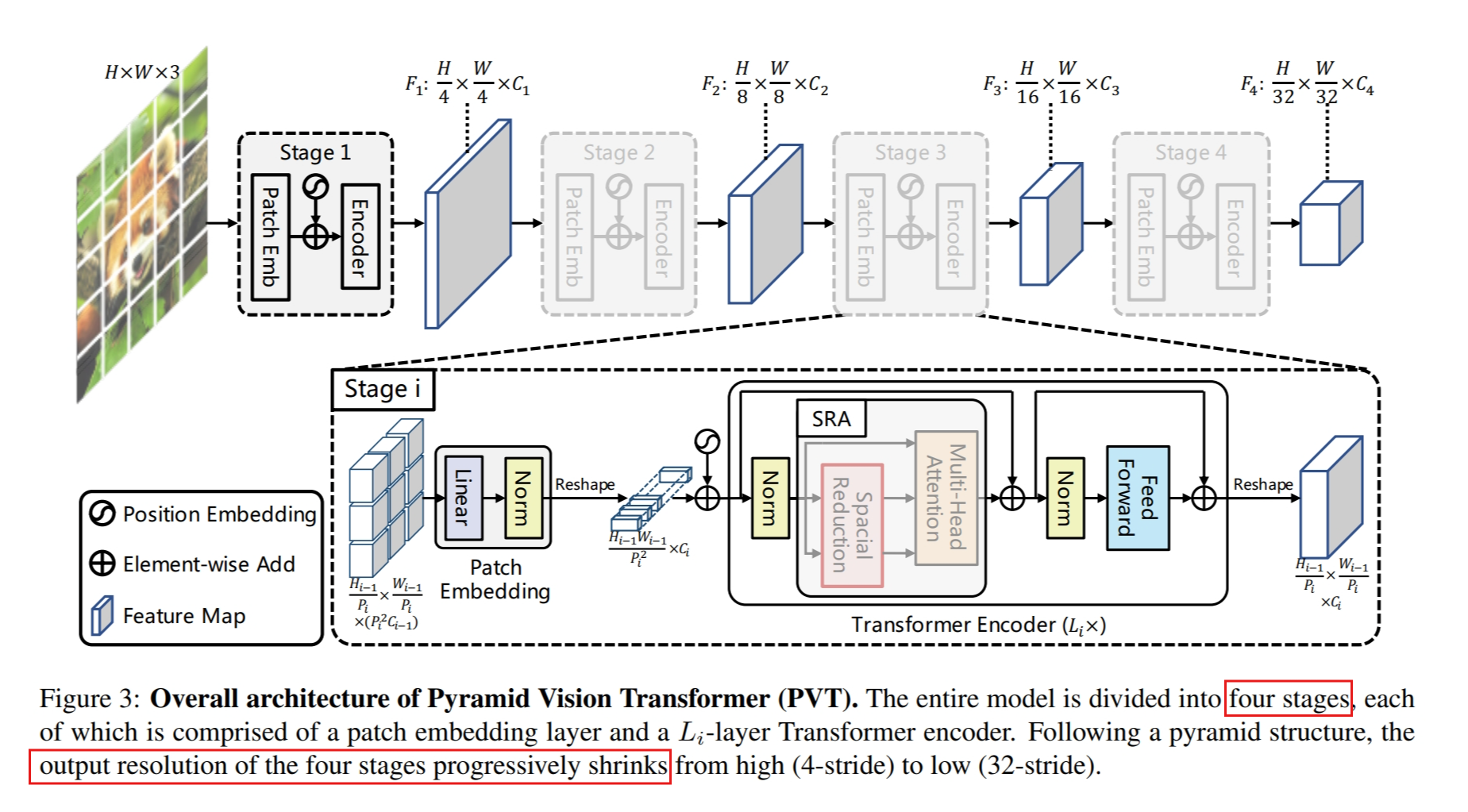
semantic segmentation
Masked-attention Mask Transformer for Universal Image Segmentation
https://arxiv.org/pdf/2112.01527.pdf
Unify pan-optic, instance, semantic segmentation
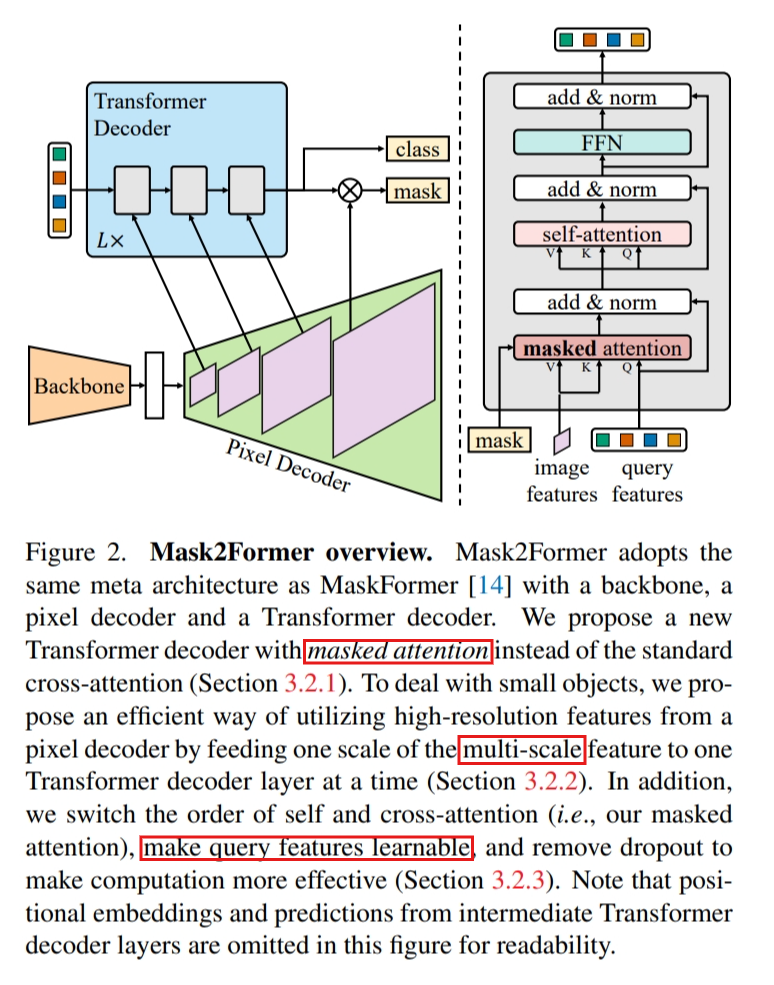
Masks are learned through training.
SegFormer: Simple and Efficient Design for Semantic Segmentation with Transformers
https://arxiv.org/pdf/2105.15203.pdf
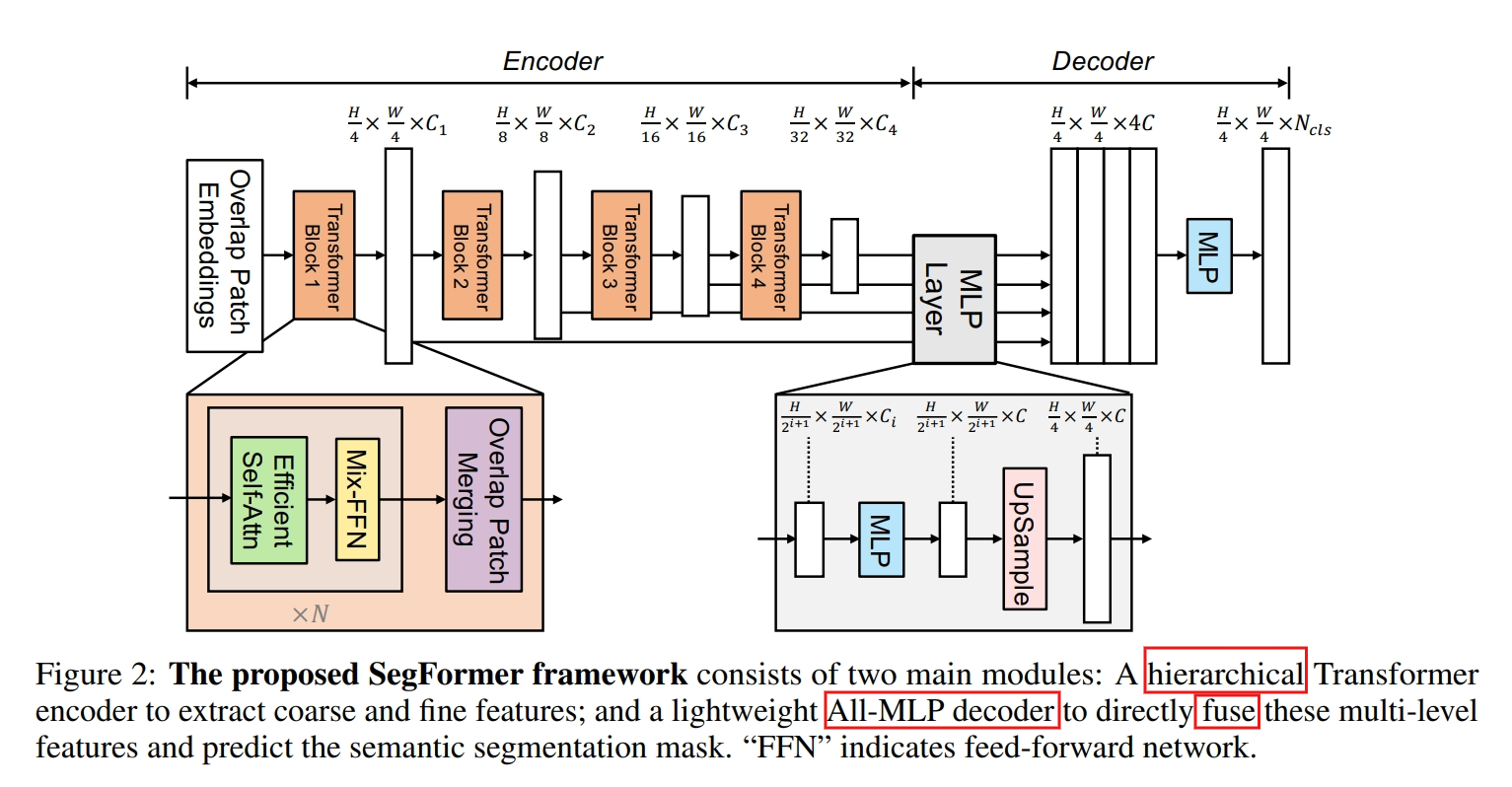
Object Detection
End-to-End Object Detection with Transformers
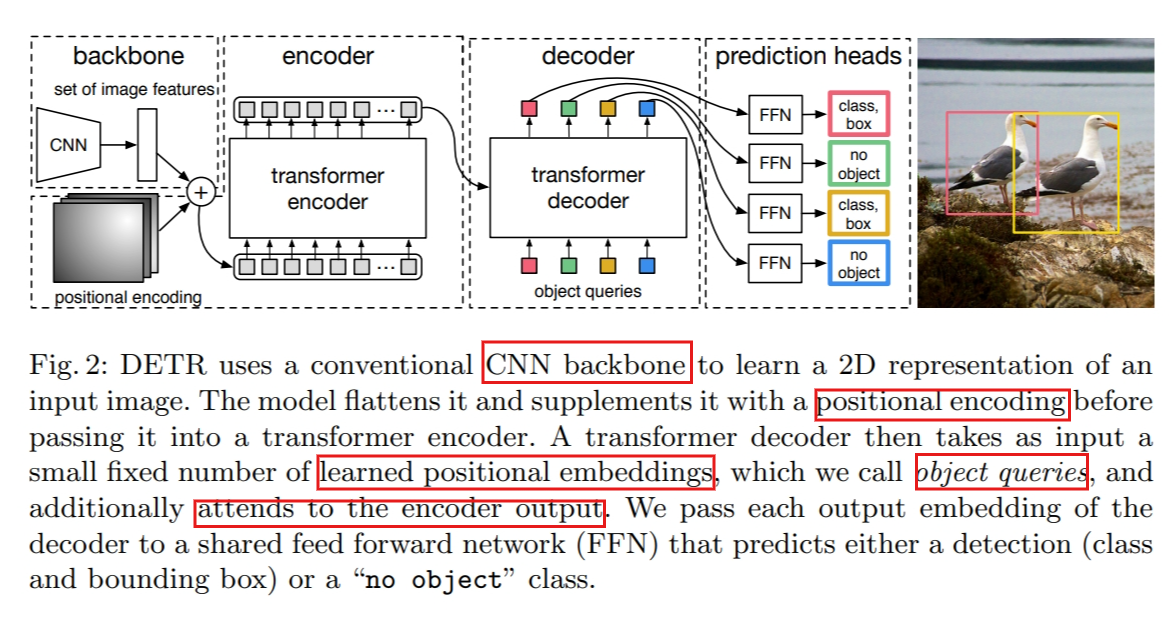
MViTv2: Improved Multi-scale Vision Transformers for Classification and Detection
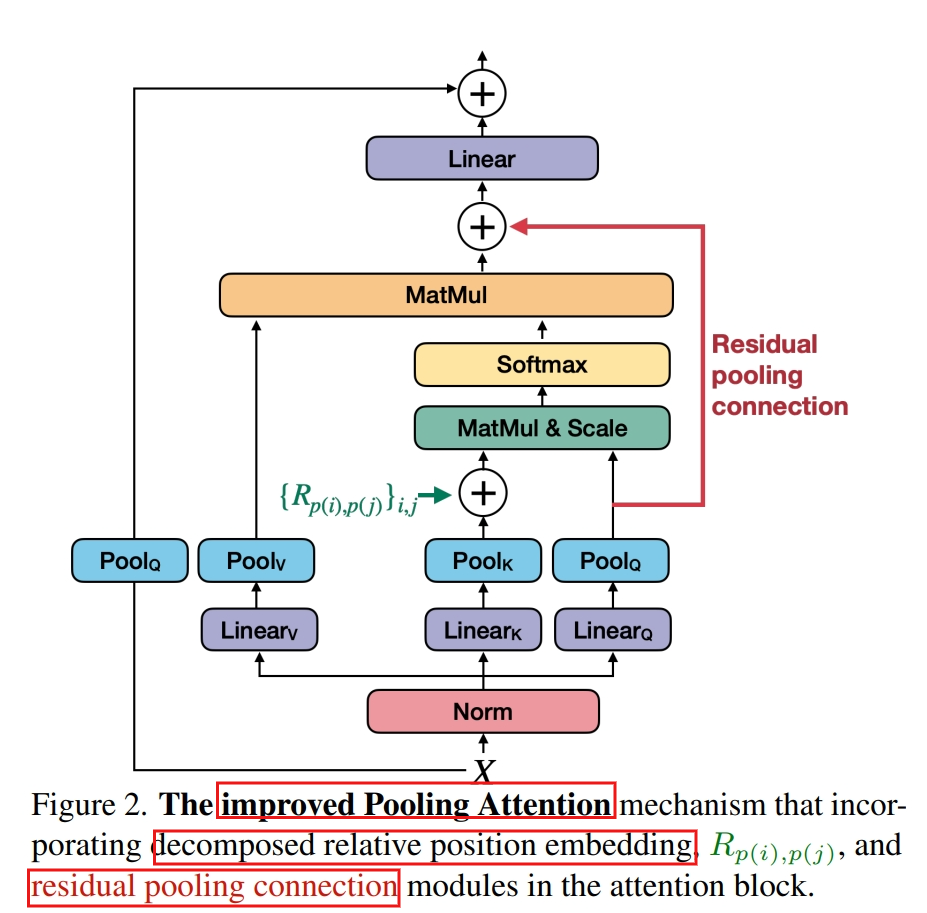
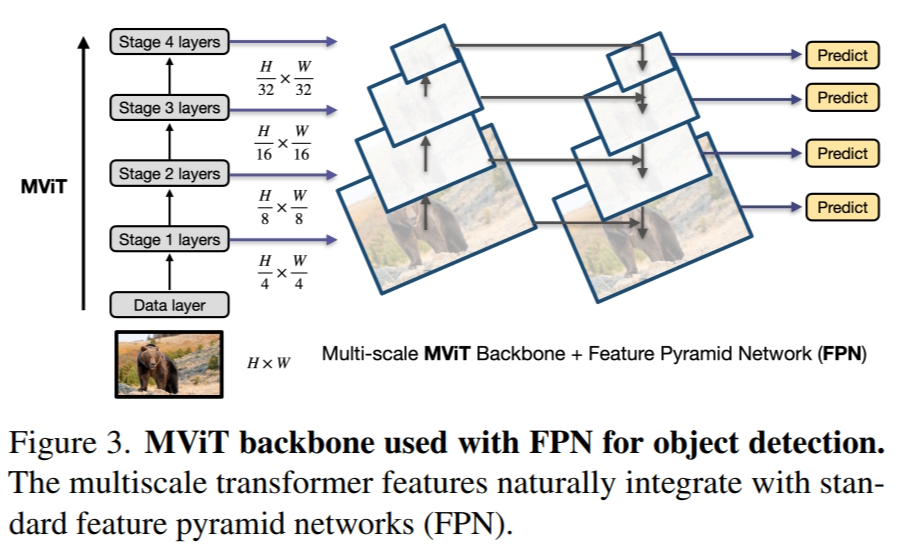
Enhancing Computational Efficiency of Vision Transformers for Mobile Devices through Effective Design Principles
Mobile-Former: Bridging MobileNet and Transformer
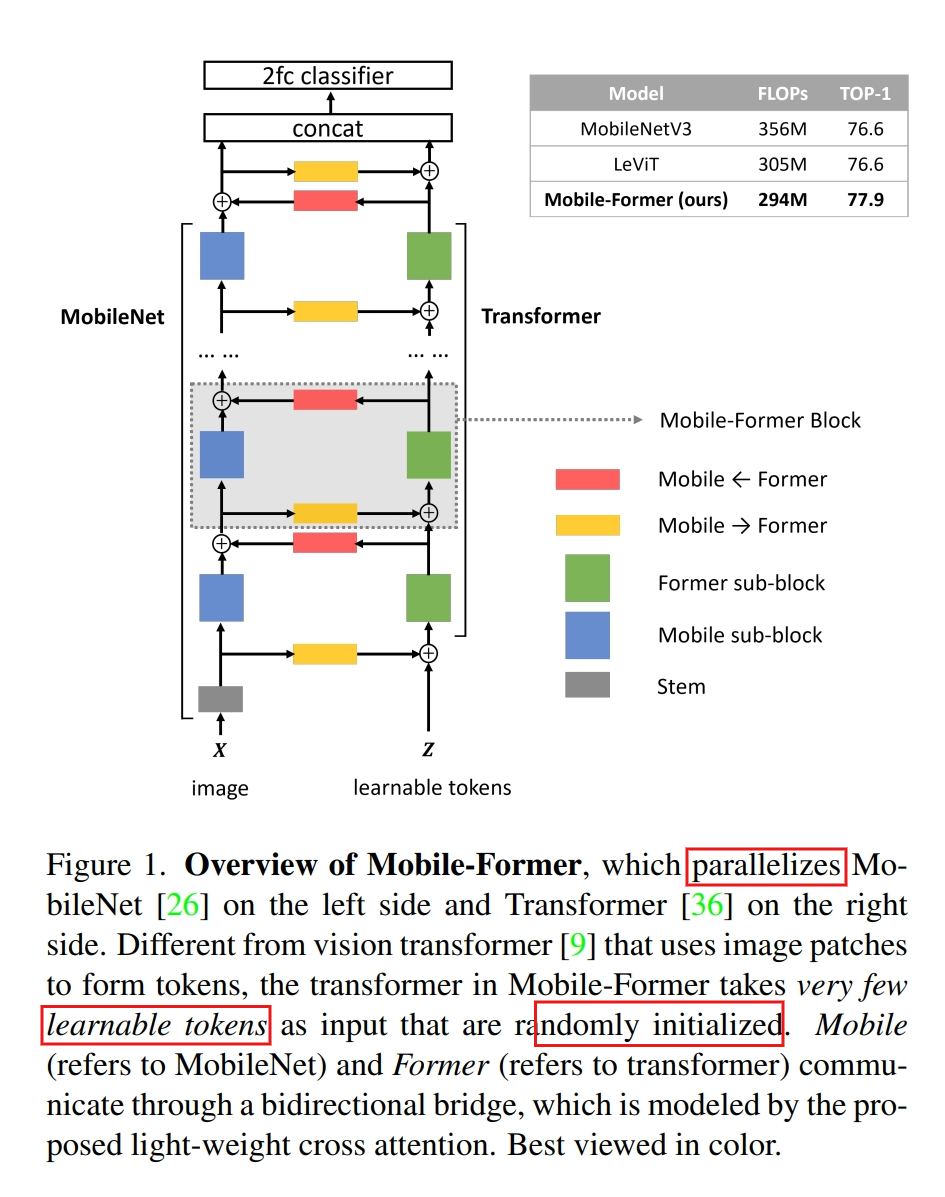
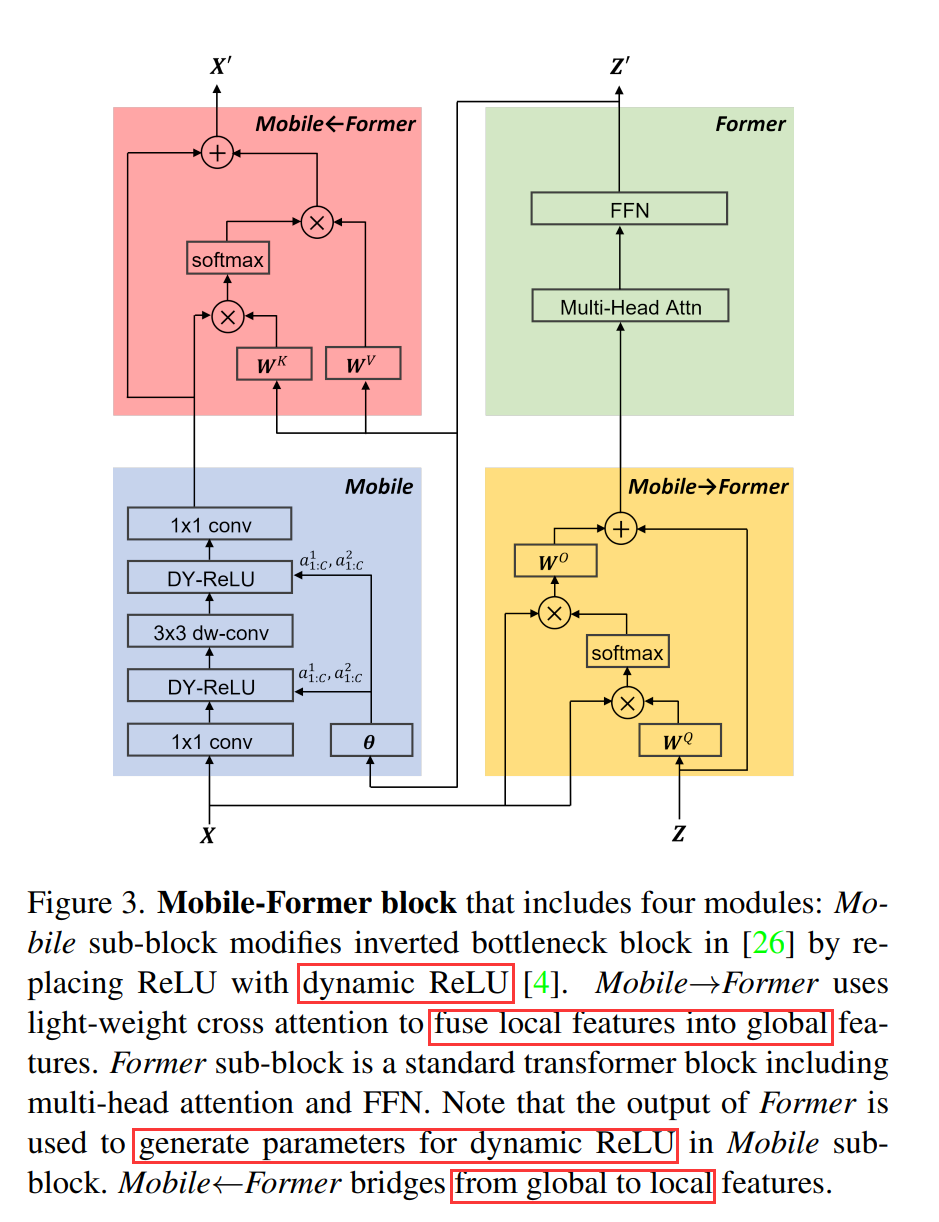
Rethinking vision transformers for mobilenet size and speed.
proposed EfficientFormerV2
Token Mixers
Search Space Refinement
MHSA Improvements
Attention on Higher Resolution
Dual-Path Attention Down sampling (CNN + Attention Parallel Computation and Sum)
MOBILEVIT: LIGHT-WEIGHT, GENERAL-PURPOSE, AND MOBILE-FRIENDLY VISION TRANSFORMER
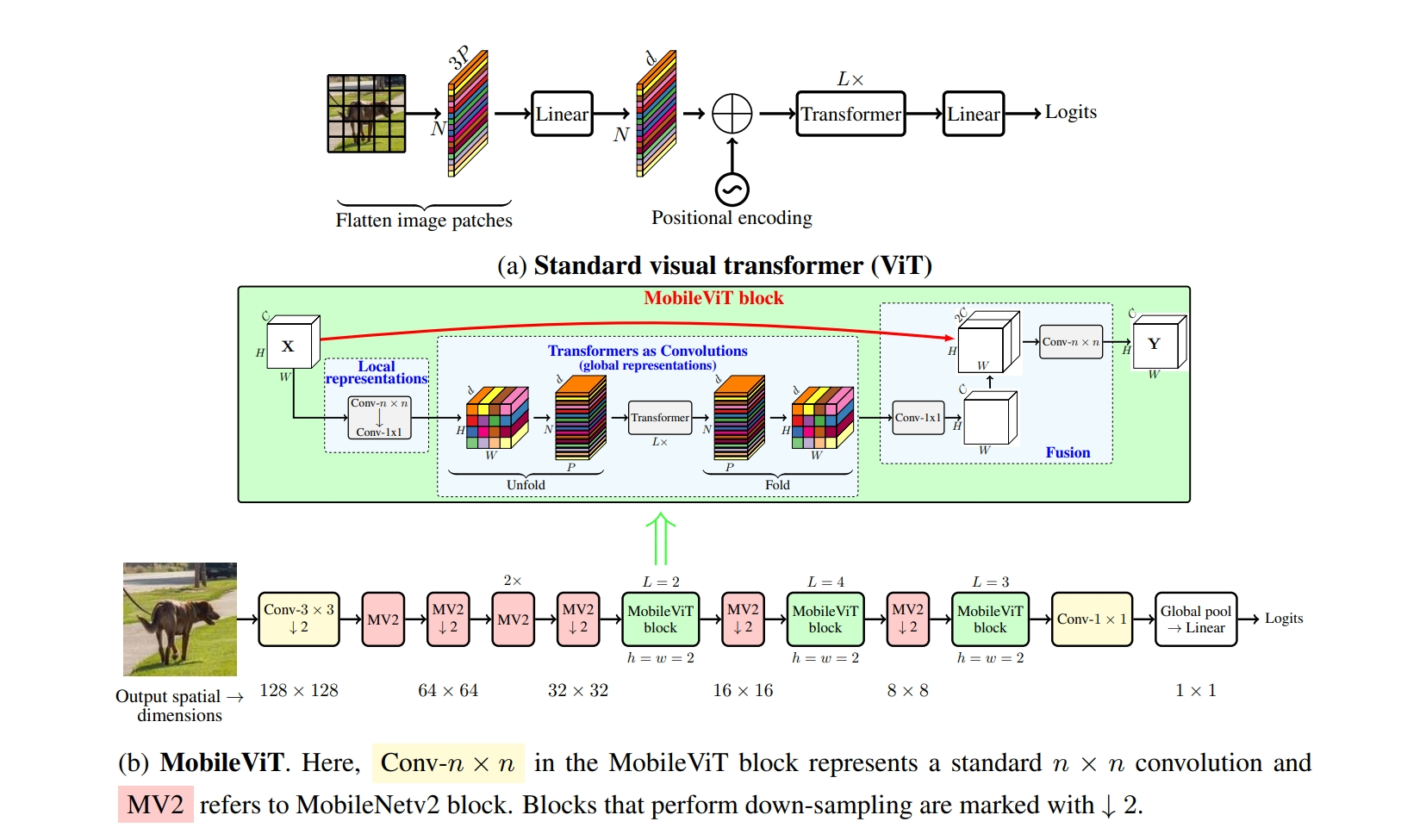
No need for patch embedding
EdgeViTs: Competing Light-weight CNNs on Mobile Devices with Vision Transformers
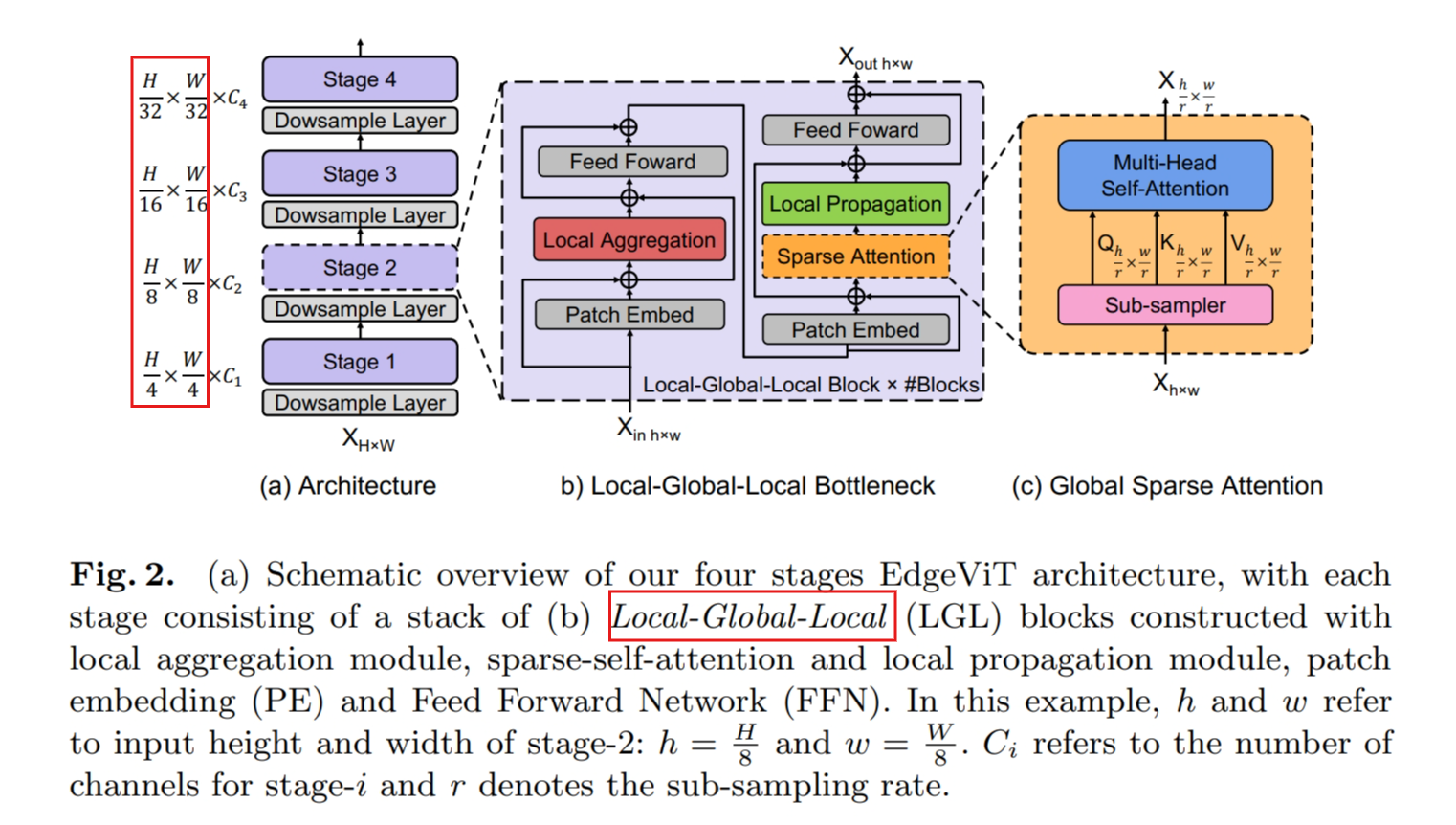
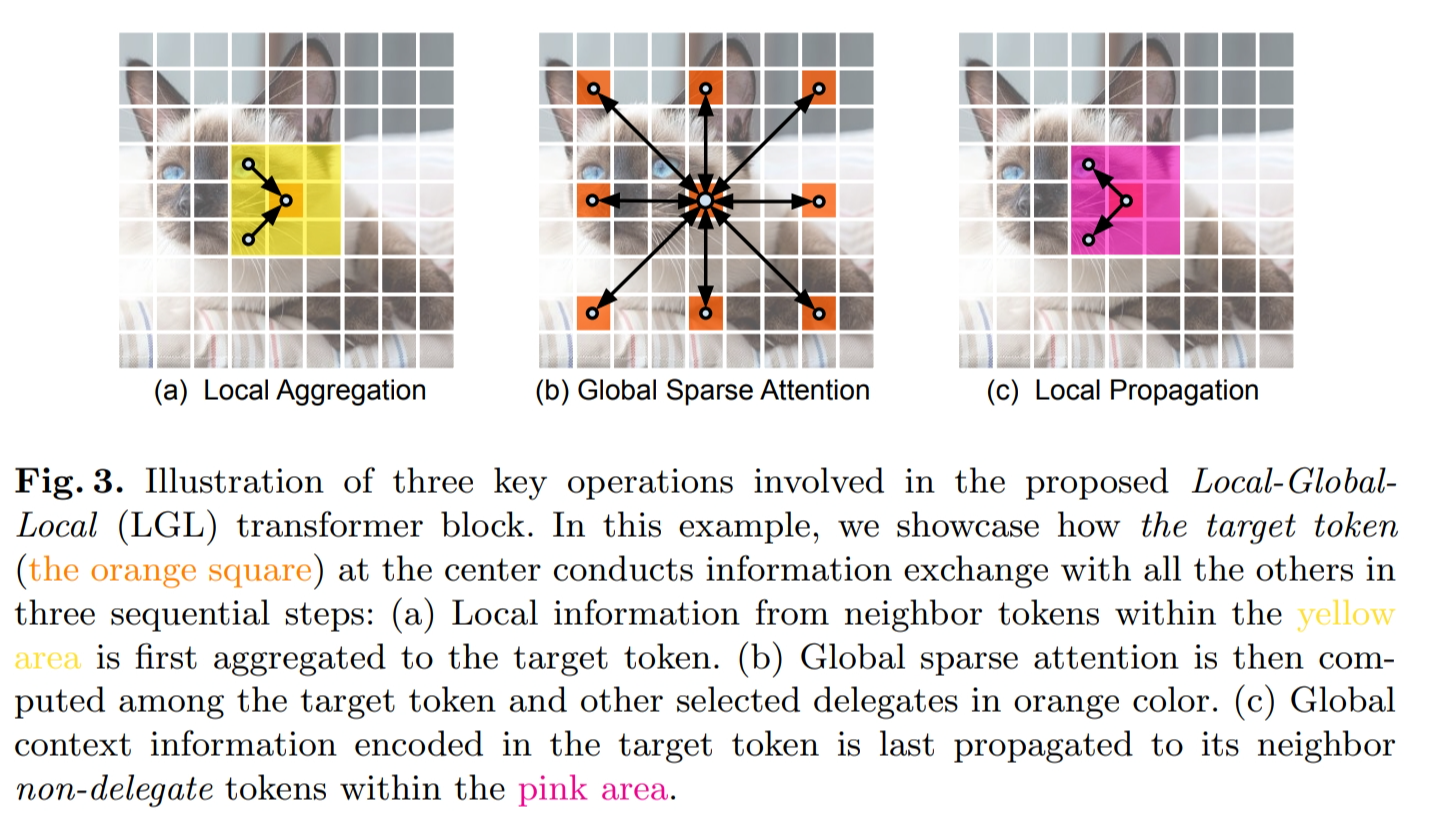
Separable Self-attention for Mobile Vision Transformers: MobileViTv2
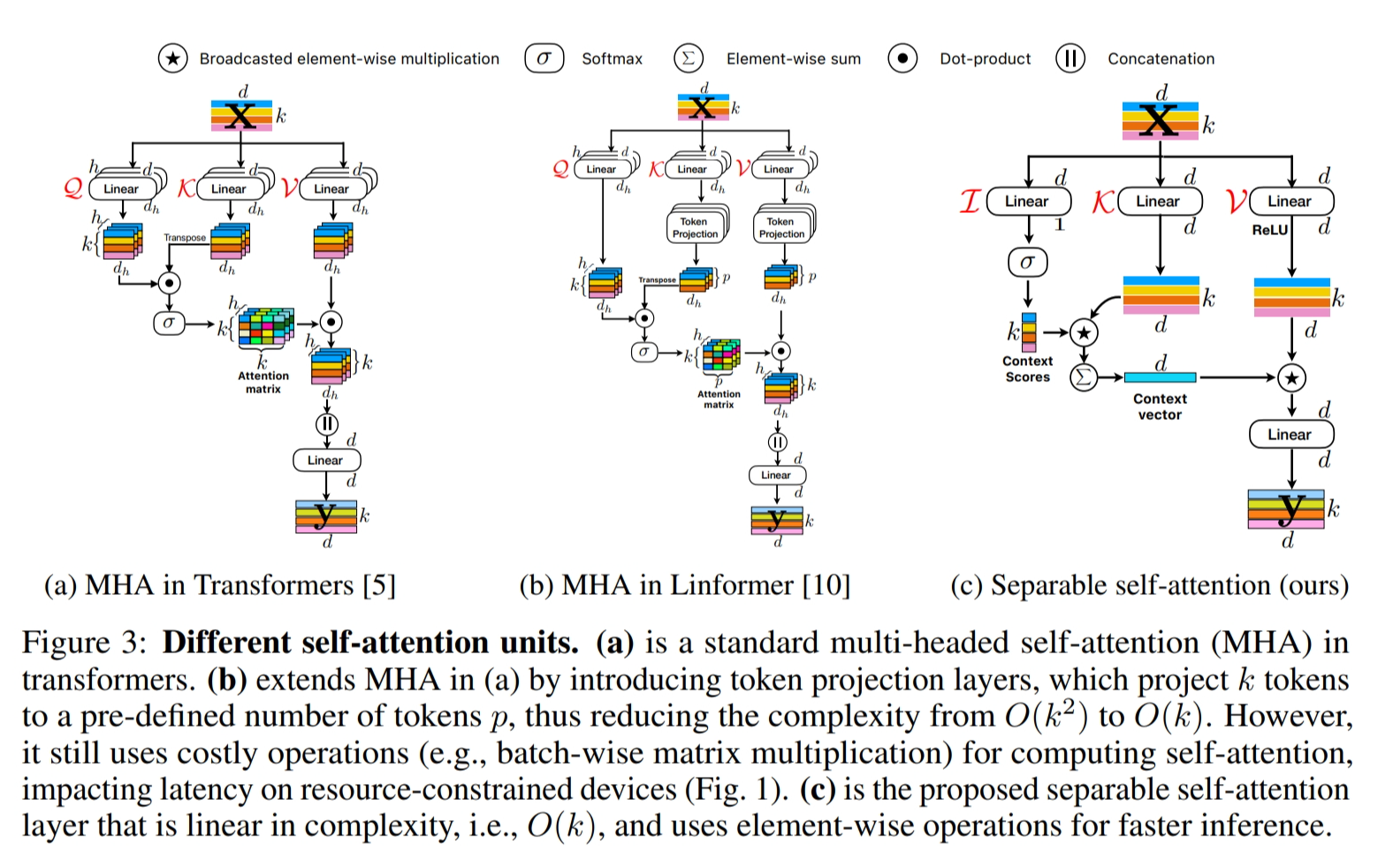
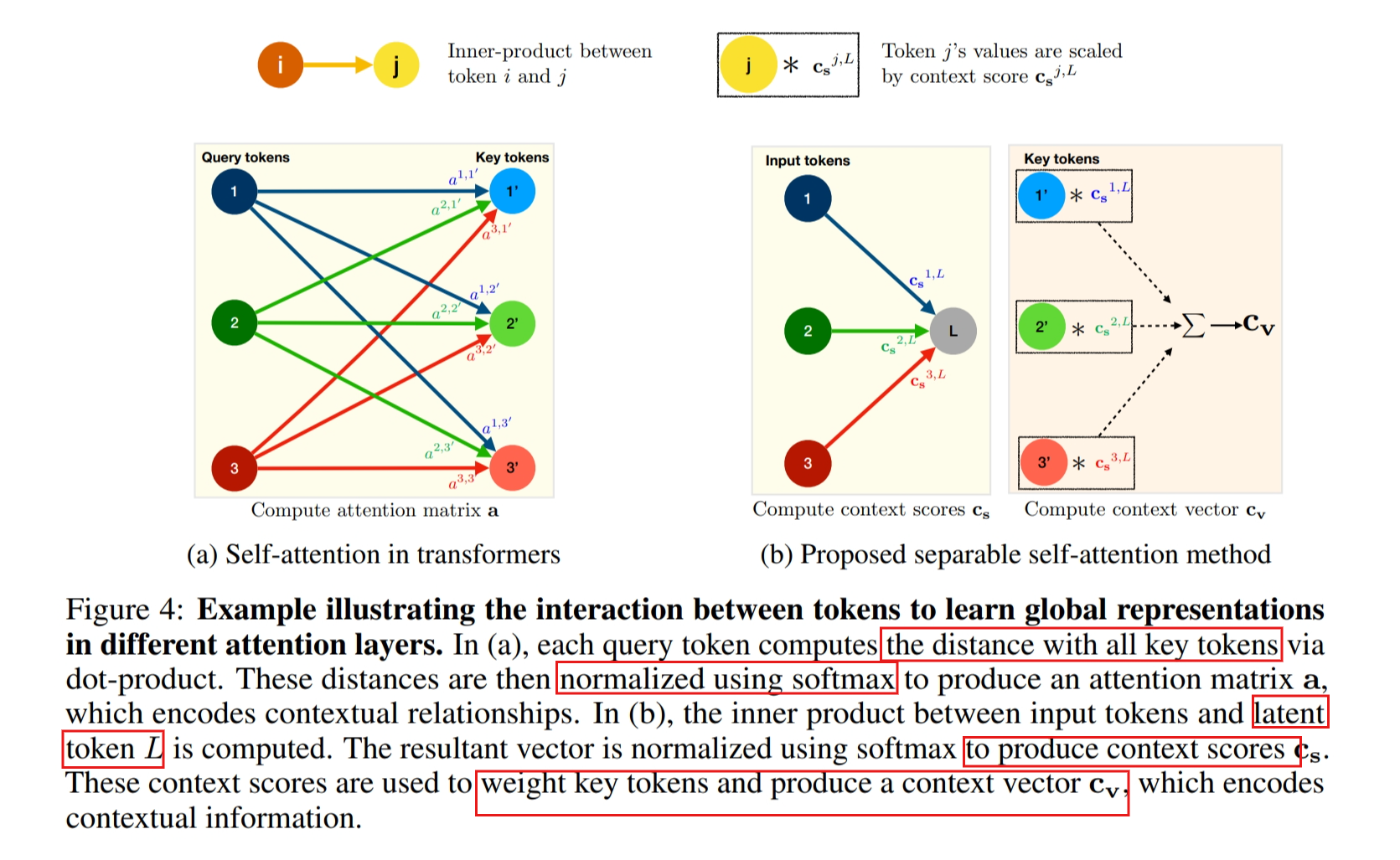
Summary
In this work, we revisit the design of lightweight CNNs by incorporating the architectural choices of lightweight ViTs.
Our research aims to narrow the divide between lightweight CNNs and lightweight ViTs, and highlight the potential of the former for employment on mobile devices compared to the latter.
we begin with a standard lightweight CNN, i.e., MobileNetV3- L. We gradually “modernize” its architecture by incorporating the efficient architectural designs of lightweight ViTs
RepViT has a MetaFormer structure, but is composed entirely of convolutions.
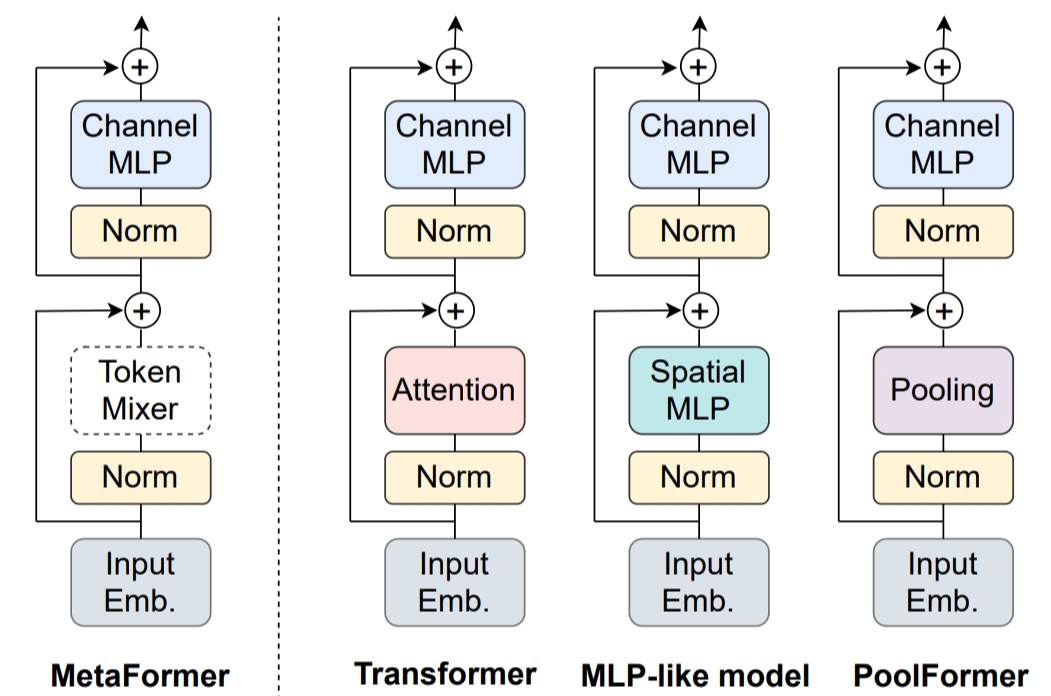
Methodology
Preliminary
We utilize the iPhone 12 as the test device and Core ML Tools as the compiler.
We measure the actual on-device latency for models as the benchmark metric.
employ GeLU activations in the MobileNetV3-L model
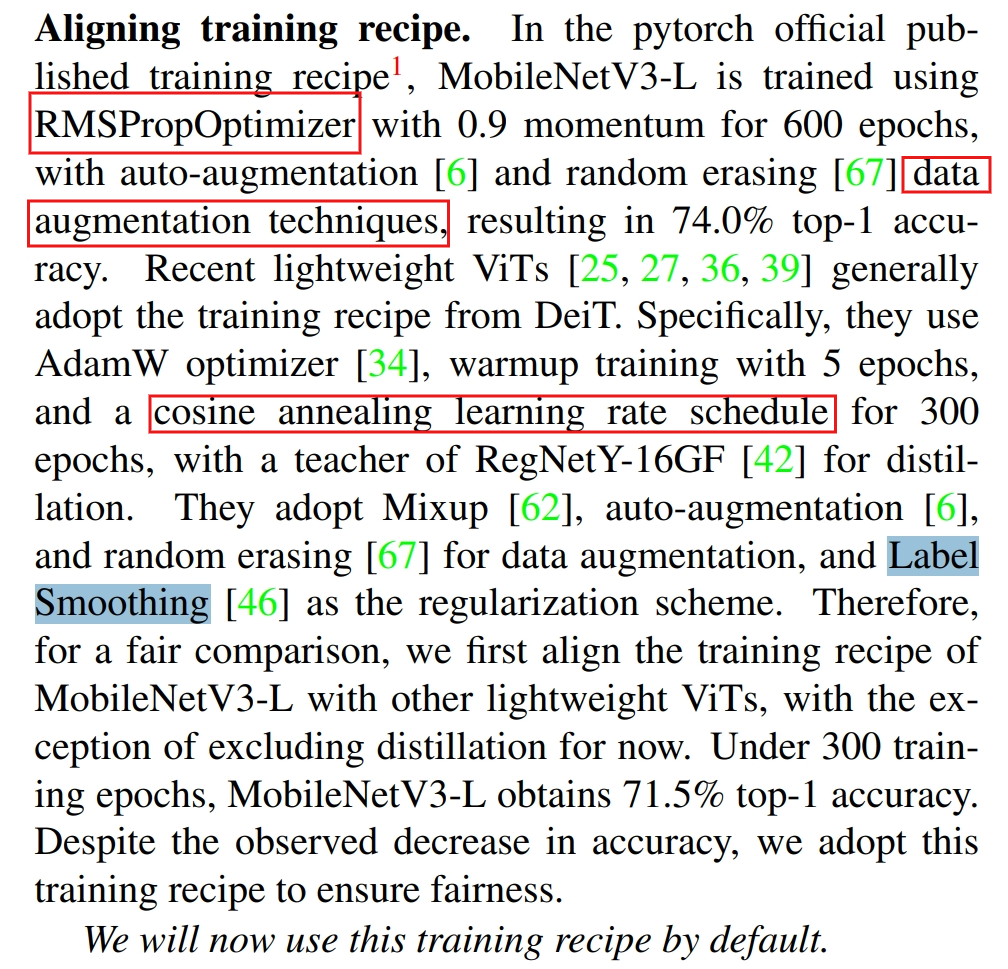
Block Design
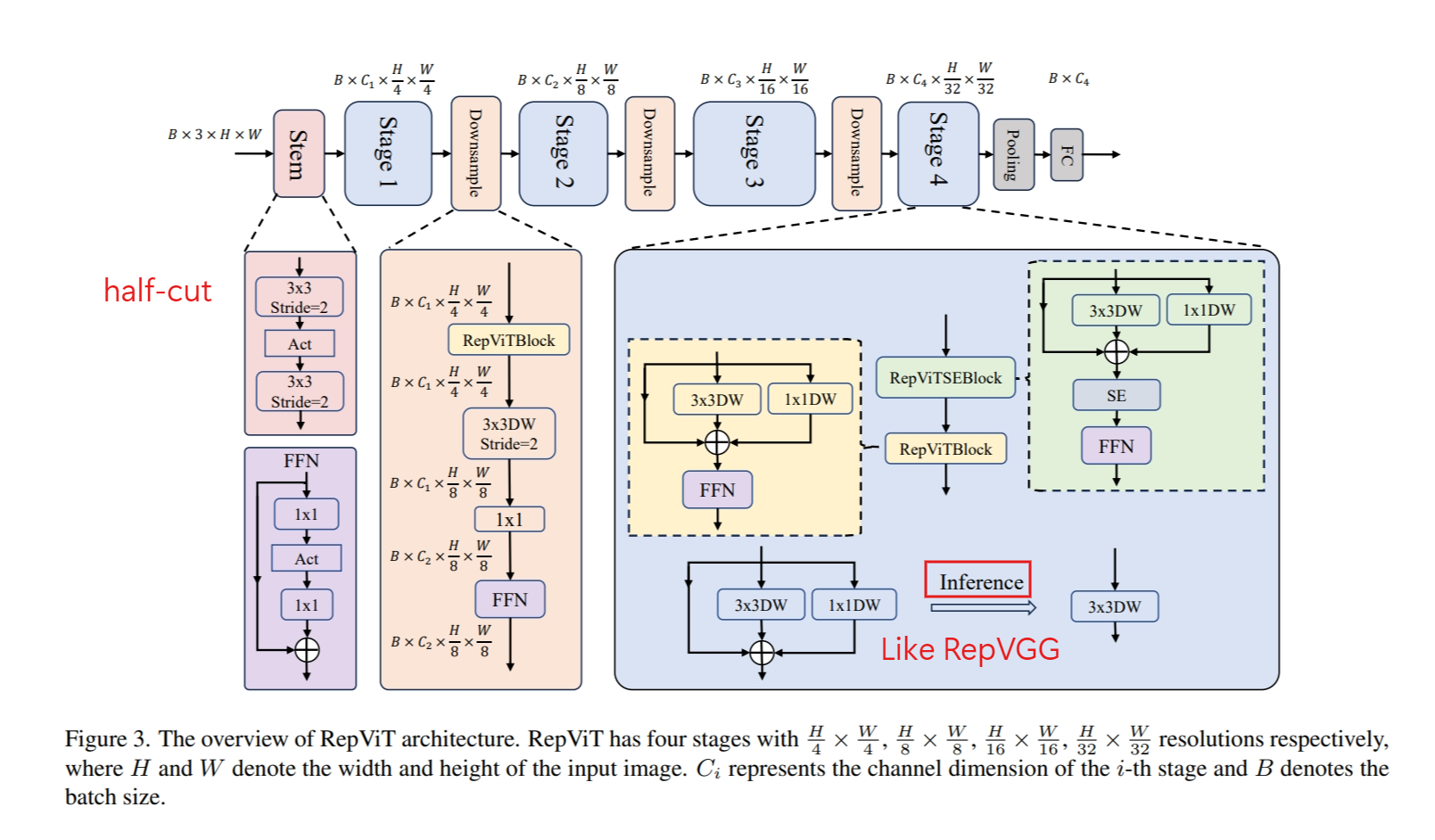
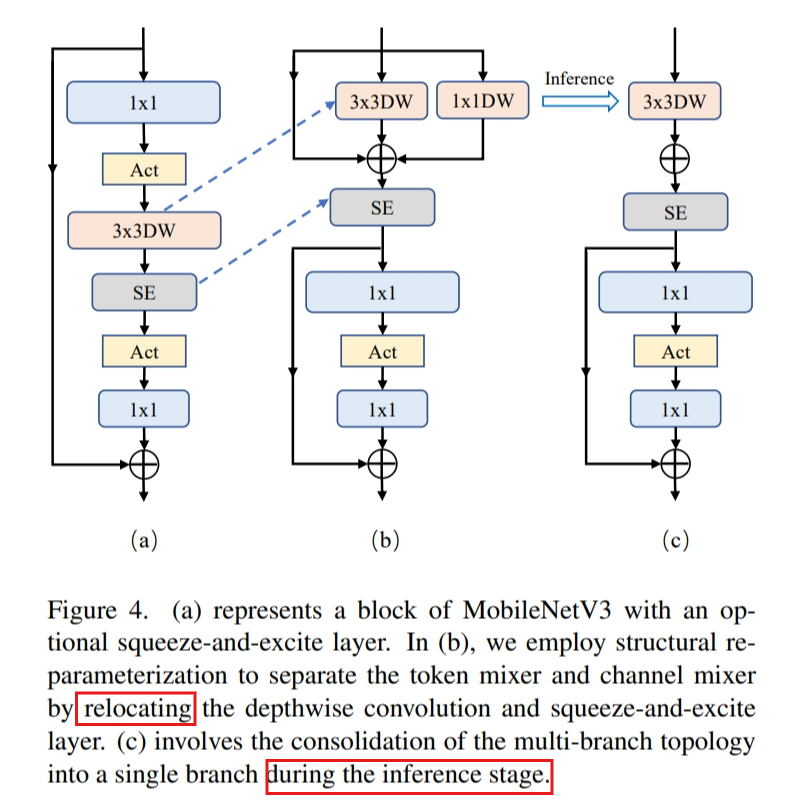
1x1 expansion is typically used to increase the number of channels in the feature maps, while the 1x1 projection convolution is used for dimensionality reduction. The combination of them is channel mixer.
And the depth-wise convolution is token mixer.
The squeeze and excitation module is also moved up to be placed after the depth-wise filters, as it depends on spatial information interaction.
Reducing the expansion ratio and increasing width
Macro design
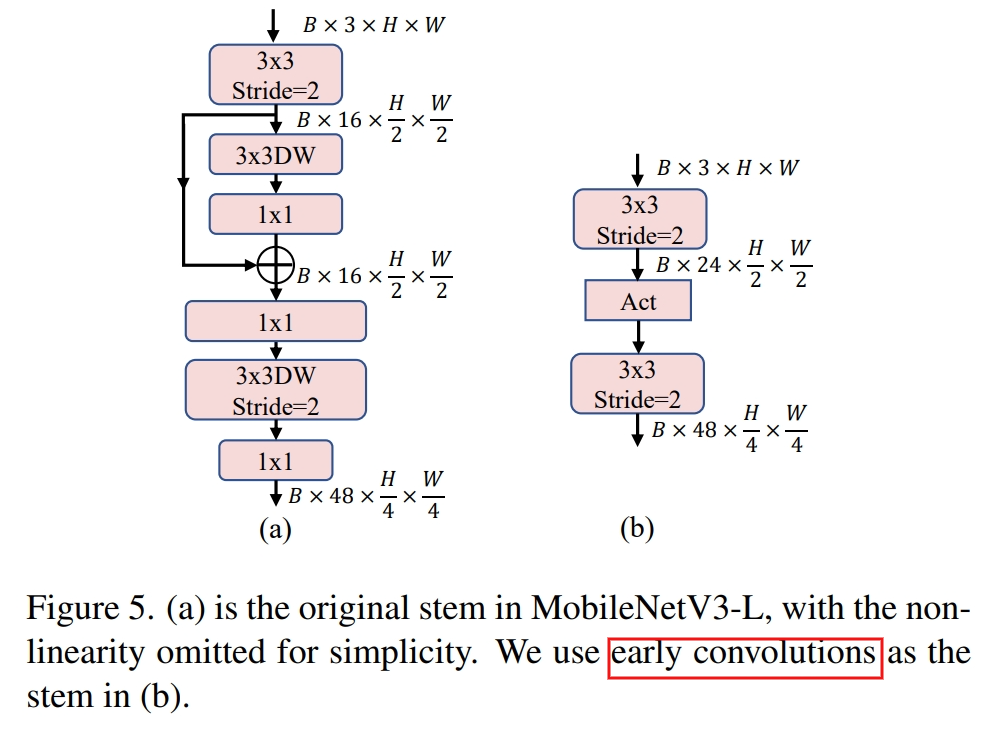
patchifying operation results in ViTs’ substandard optimizability and sensitivity to training recipes. To address these issues, they suggest using a small number of stacked stride-2 3*3 convolutions as an alternative architectural choice for the stem, known as early convolutions.
Deeper down-sampling layers.
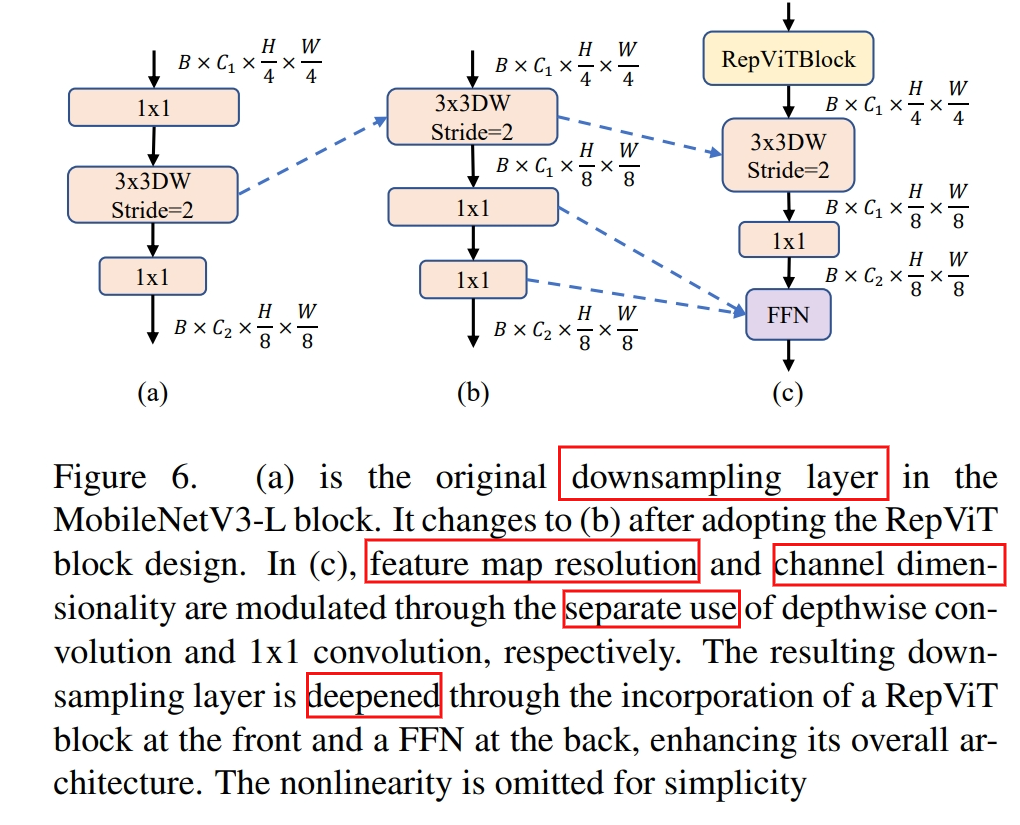
Simple classifier.
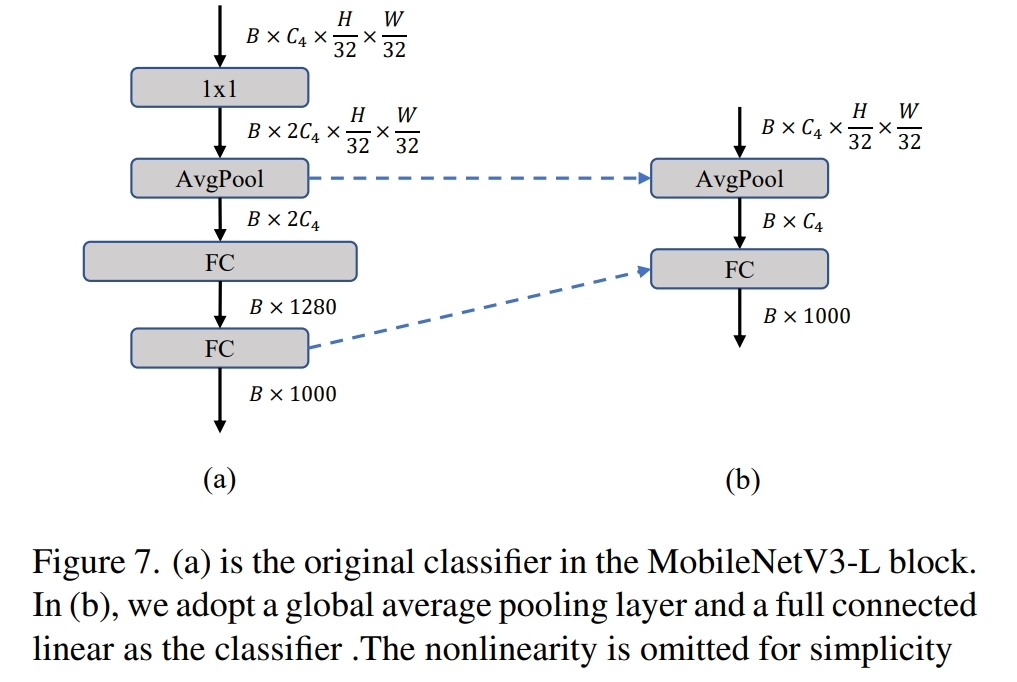
Overall stage ratio
Stage ratio represents the ratio of the number of blocks in different stages, thereby indicating the distribution of computation across the stages
The original stage ratio of MobileNetV3-L is 1:2:5:2. Therefore, we follow [19] to employ a more optimal stage ratio of 1:1:7:1 for the network. We then increase the network depth to 2:2:14:2, achieving a deeper layout [19, 24]. This step increases the top-1 accuracy to 76.9% with a latency of 0.91ms.
Micro design
Kernel size selection
large kernel-sized convolution is not friendly for mobile devices, due to its computation complexity and memory access costs.
Squeeze-and-excitation layer placement
Network architecture
We develop multiple RepViT variants, including RepViT-M0.9/M1.0/M1.1/M1.5/M2.3. The suffix “-MX” means that the latency of the model is Xms. RepViT-M0.9 is the outcome of the “modernizing” process applied to MobileNetV3-L. The different variants are distinguished by the number of channels and the number of blocks within each stage.